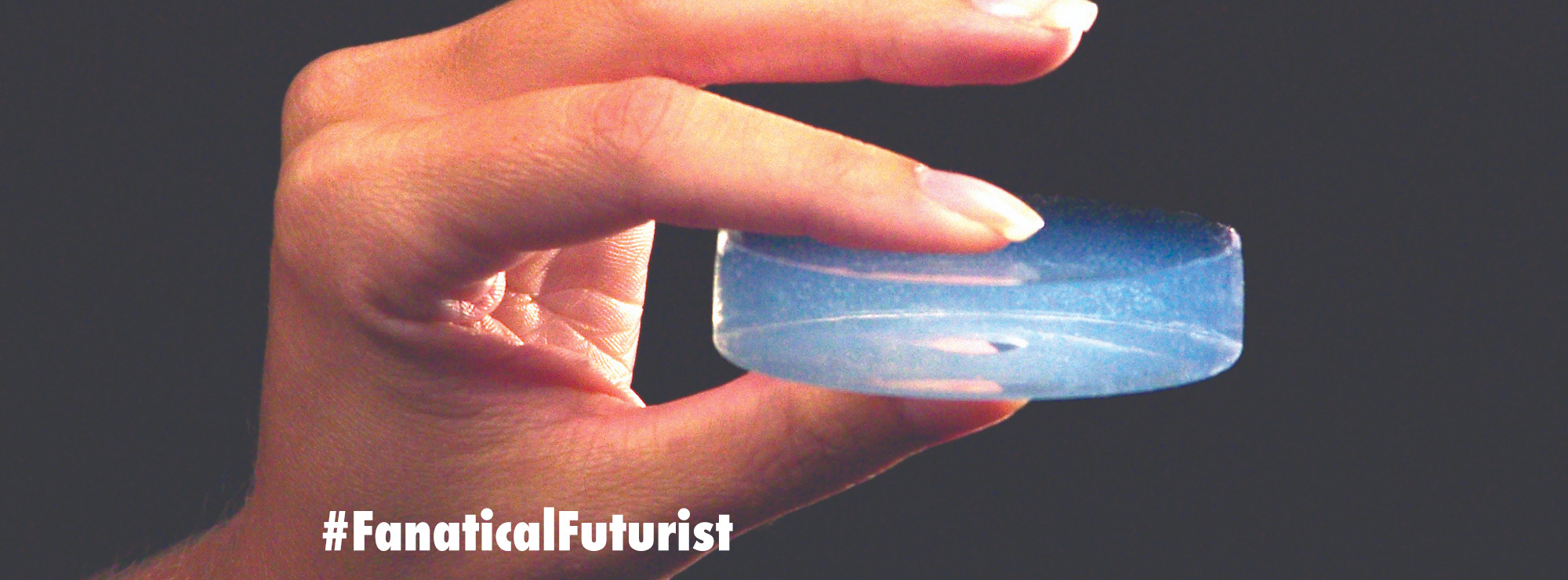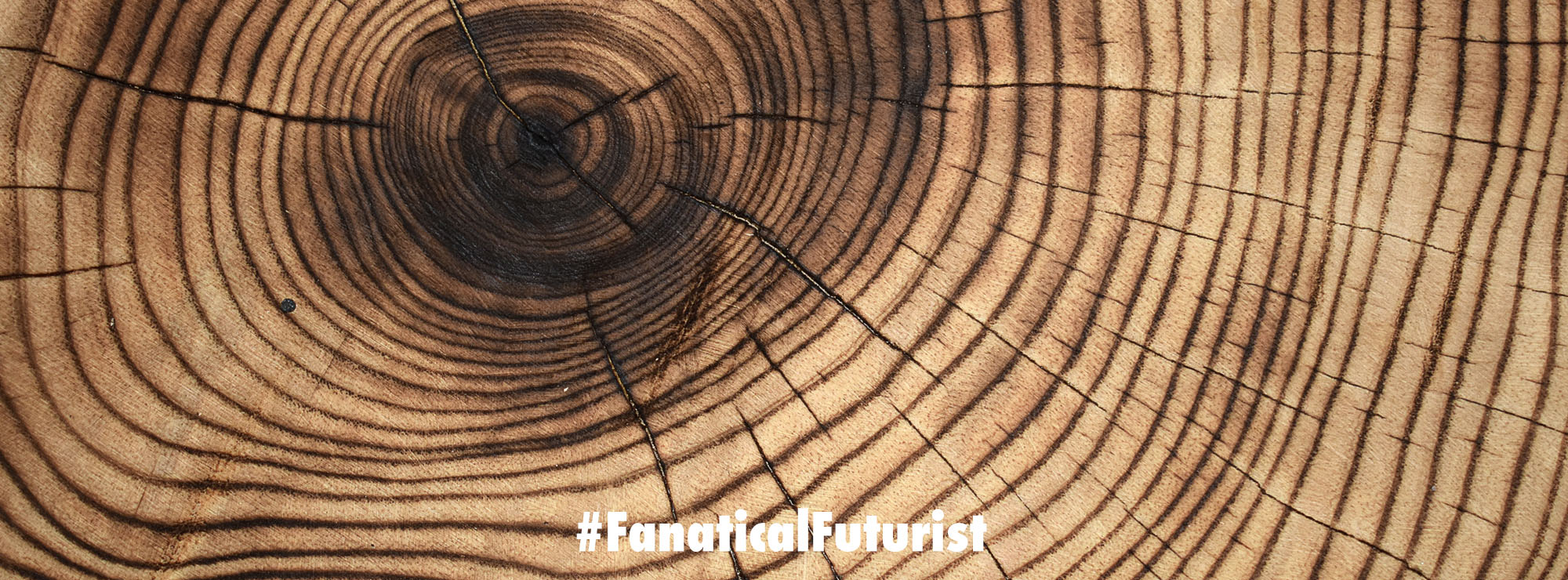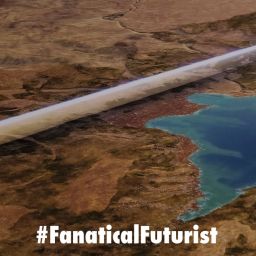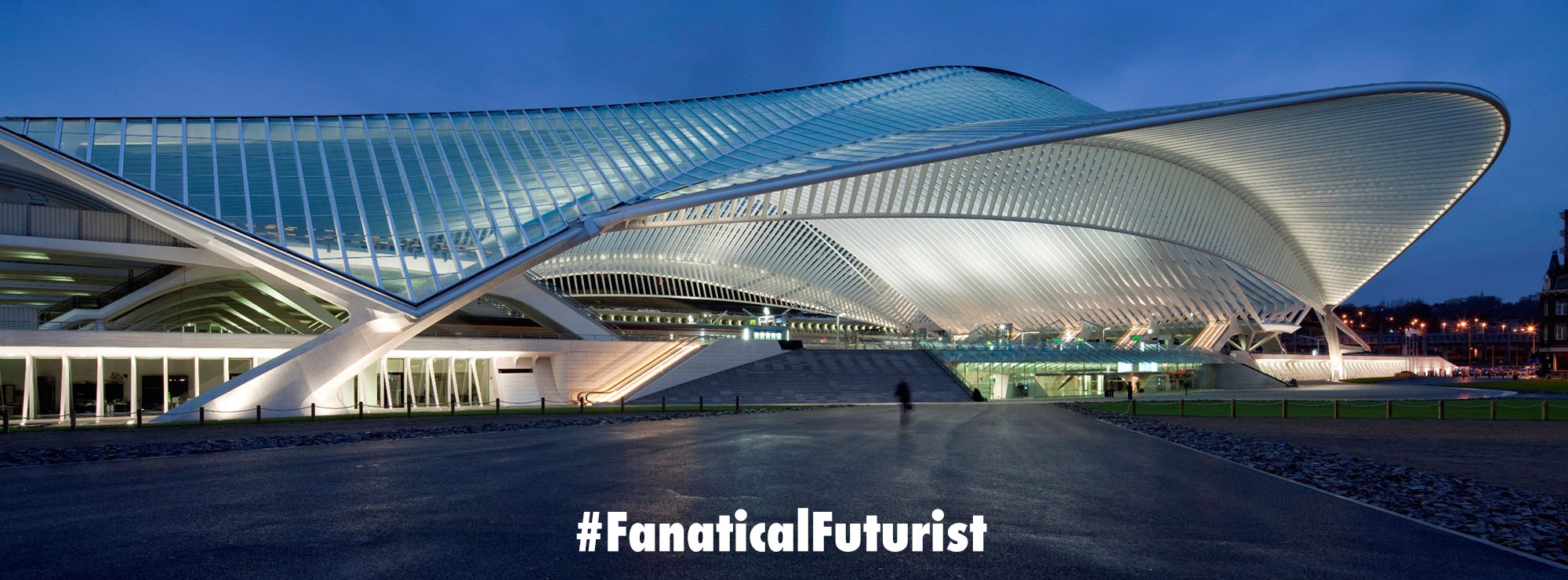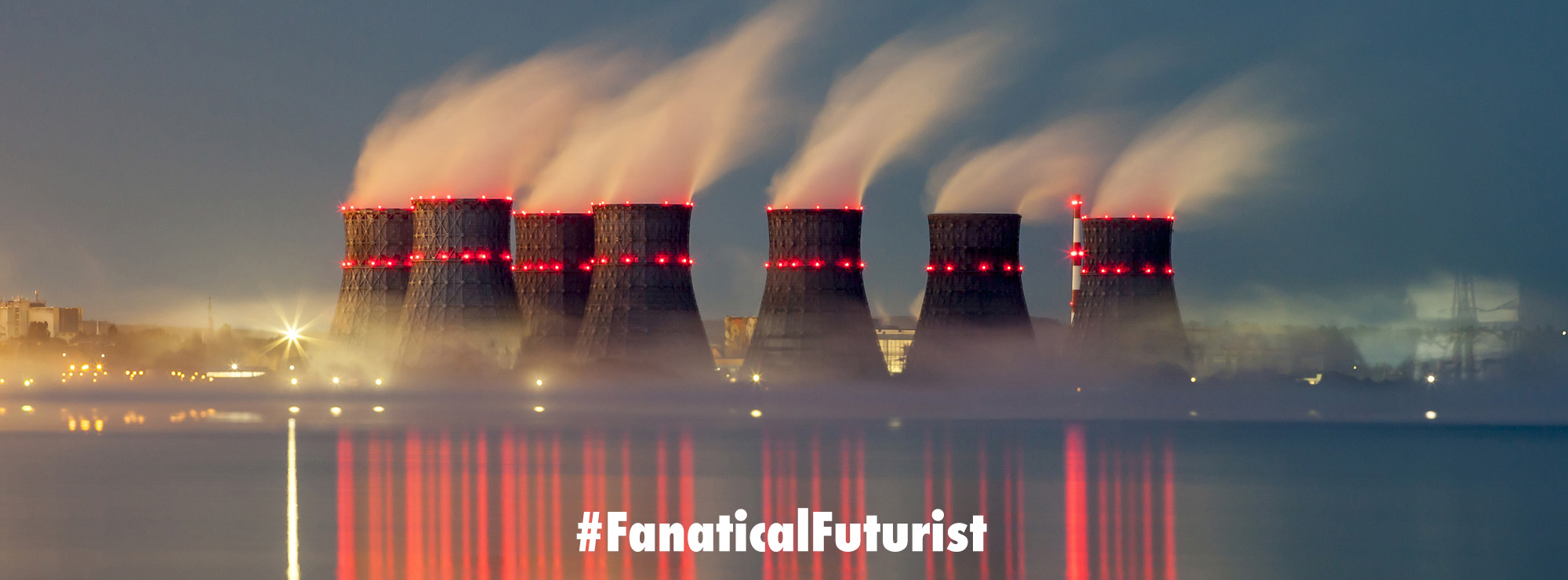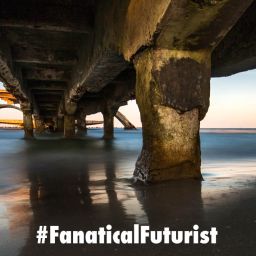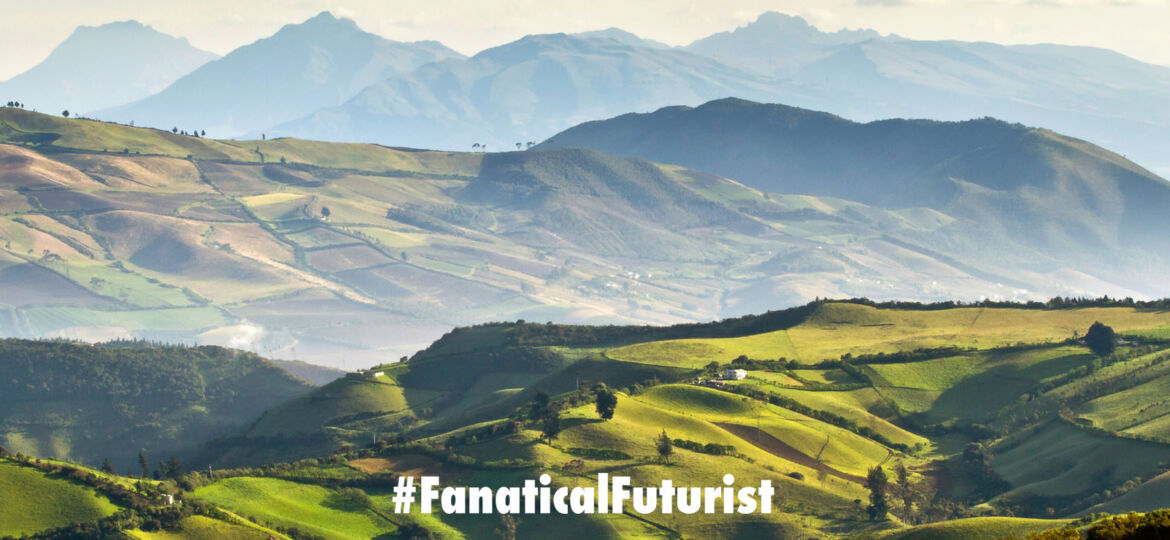
WHY THIS MATTERS IN BRIEF
Houses used to be expensive and time consuming to build, those days are fast disappearing.
Following on swiftly from the developments in France, where a family became the first in the world to move into their own 3D printed home, and in Dubai who want 25 percent of all new buildings to be 3D printed by 2030, now somewhere in Latin America, a small community of 50 lucky farmers and weavers will be getting their very own 3D printed homes. And what’s make this particular project stand out even more is the fact that the entire community will be 3D printed in just 24 hours. The project is being run by the San Francisco based design firm Fuseproject who are working in conjunction with the housing non-profit and who describe themselves as “a construction technologies company.”
The location is undisclosed at the moment and will only be revealed when construction is finished.
“You can shape the walls to have different functionality, you can create a shower stall that doesn’t have sharp corners,” Fuseproject founder Yves Béhar told the New York Times. Talking up the customisation available within the project, Béhar tells the Times that homeowners can specify a two or three bedroom plan home, and the exterior concrete can be tinted different colours “so it doesn’t become that cookie cutter look” that we see in so many other housing developments all around the world.
On its website, Fuseproject says it worked with people in the undisclosed community to learn more about their culture and make sure the housing options made sense for their environment.
“We used 3D [design] technology and the unique design possibilities it enables to provide solutions that addressed important questions related to climate, family structure, and the role that the homes play in creating a larger community,” the firm says.
Fuseproject also notes in its description that for “families living on less than $200 per month, access to safe housing that provides shelter from both environmental and physical danger is critical.”
“We feel it’s our responsibility to challenge traditional methods,” says New Story CEO Brett Hagler in a press release. “Linear methods will never reach the billion-plus people who need safe homes. Challenging our assumptions, iterating based on data, and taking calculated risks on innovative ideas will allow us to reach more families with the best possible solutions, exponentially faster.”

